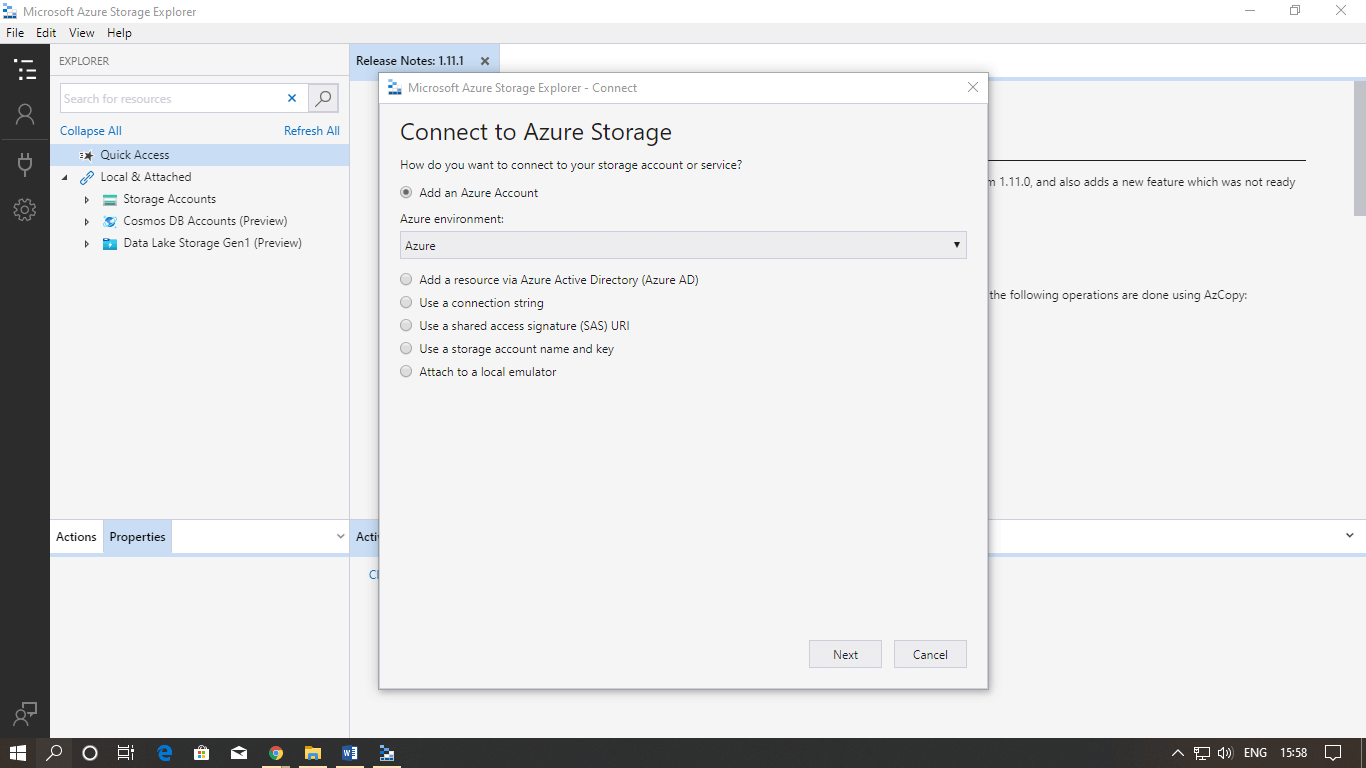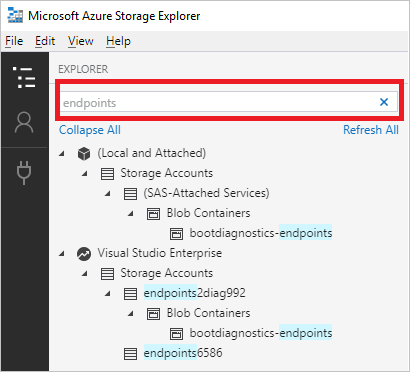- Azure Storage Explorer Login Page
- Azure Storage Explorer Login Loop
- Azure Storage Explorer Cannot Login
- Azure Storage Explorer Tool
Storage Explorer 1.10.0 enables users to upload, download, and copy managed disks, as well as create snapshots. Because of these additional capabilities, you can use Storage Explorer to migrate data from on-premises to Azure, and migrate data across Azure regions.

Prerequisites

To complete this article, you'll need the following:
- An Azure subscription
- One or more Azure managed disks
- The latest version of Azure Storage Explorer

Connect to an Azure subscription
Create an Azure Account and containers. We will create an Azure Account first and then we will connect to it. To create an Azure Storage Account, go to the Azure Portal. In the Azure Portal, press the + icon and write storage account. Select the Storage Account -blob file -Table -Queue. Microsoft Azure Storage Explorer is a standalone app that makes it easy to work with Azure Storage data on Windows, macOS, and Linux. It allows you to efficiently connect and manage your Azure storage service accounts and resources across subscriptions.You can create, delete, view, and edit resources in Azure Storage, Azure Cosmos DB, and Data Lake Storage.
If your Storage Explorer isn't connected to Azure, you will not be able to use it to manage resources. This section goes over connecting it to your Azure account so that you can manage resources using Storage Explorer.
Launch Azure Storage Explorer and click the plug-in icon on the left.
Select Add an Azure Account, and then click Next.
In the Azure Sign in dialog box, enter your Azure credentials.
Select your subscription from the list and then click Apply.
Upload a managed disk from an on-prem VHD

On the left pane, expand Disks and select the resource group that you want to upload your disk to.
Select Upload.
In Upload VHD specify your source VHD, the name of the disk, the OS type, the region you want to upload the disk to, as well as the account type. In some regions Availability zones are supported, for those regions you can select a zone of your choice.
Select Create to begin uploading your disk.
The status of the upload will now display in Activities.
If the upload has finished and you don't see the disk in the right pane, select Refresh.
Download a managed disk
Azure Storage Explorer Login Page
The following steps explain how to download a managed disk to an on-prem VHD. A disk's state must be Unattached in order to be downloaded, you cannot download an Attached disk.
Azure Storage Explorer Login Loop
On the left pane, if it isn't already expanded, expand Disks and select the resource group that you want to download your disk from.
On the right pane, select the disk you want to download.
Select Download and then choose where you would like to save the disk.
Select Save and your disk will begin downloading. The status of the download will display in Activities.
Copy a managed disk
With Storage Explorer, you can copy a manged disk within or across regions. To copy a disk:
Azure Storage Explorer Cannot Login
From the Disks dropdown on the left, select the resource group that contains the disk you want to copy.
On the right pane, select the disk you'd like to copy and select Copy.
On the left pane, select the resource group you'd like to paste the disk in.
Select Paste on the right pane.
In the Paste Disk dialog, fill in the values. You can also specify an Availability zone in supported regions.
Select Paste and your disk will begin copying, the status is displayed in Activities.
Azure Storage Explorer Tool
Create a snapshot
From the Disks dropdown on the left, select the resource group that contains the disk you want to snapshot.
On the right, select the disk you'd like to snapshot and select Create Snapshot.
In Create Snapshot, specify the name of the snapshot as well as the resource group you want to create it in. Then select Create.
Once the snapshot has been created, you can select Open in Portal in Activities to view the snapshot in the Azure portal.
Next steps
Learn how to Create a VM from a VHD by using the Azure portal.
Learn how to Attach a managed data disk to a Windows VM by using the Azure portal.
